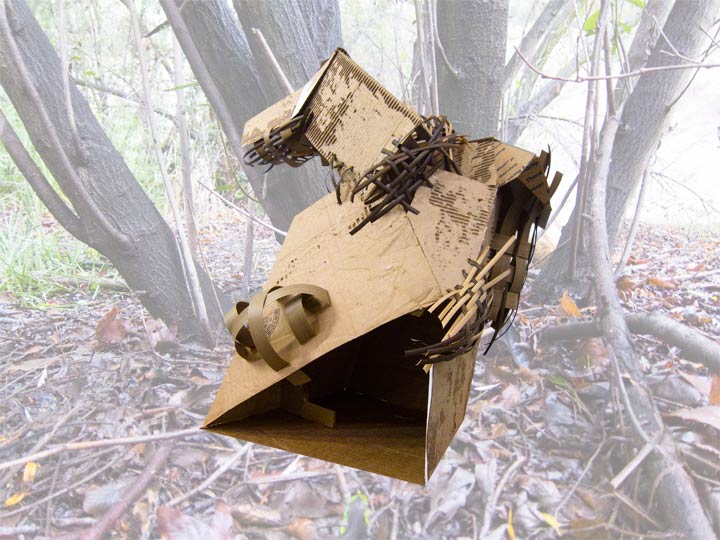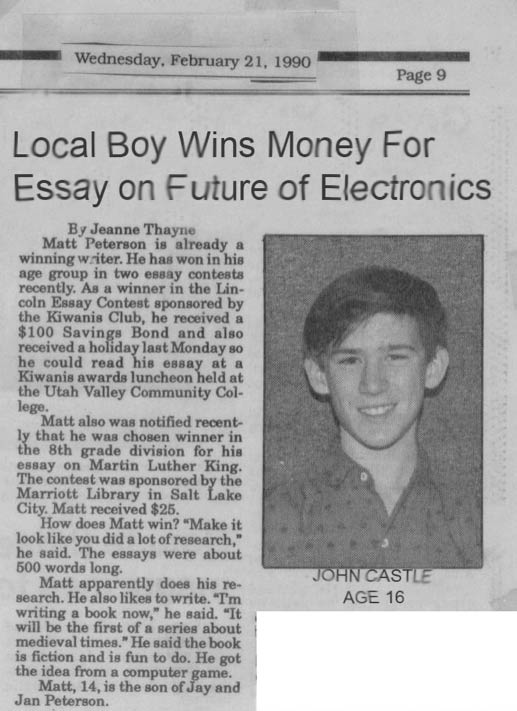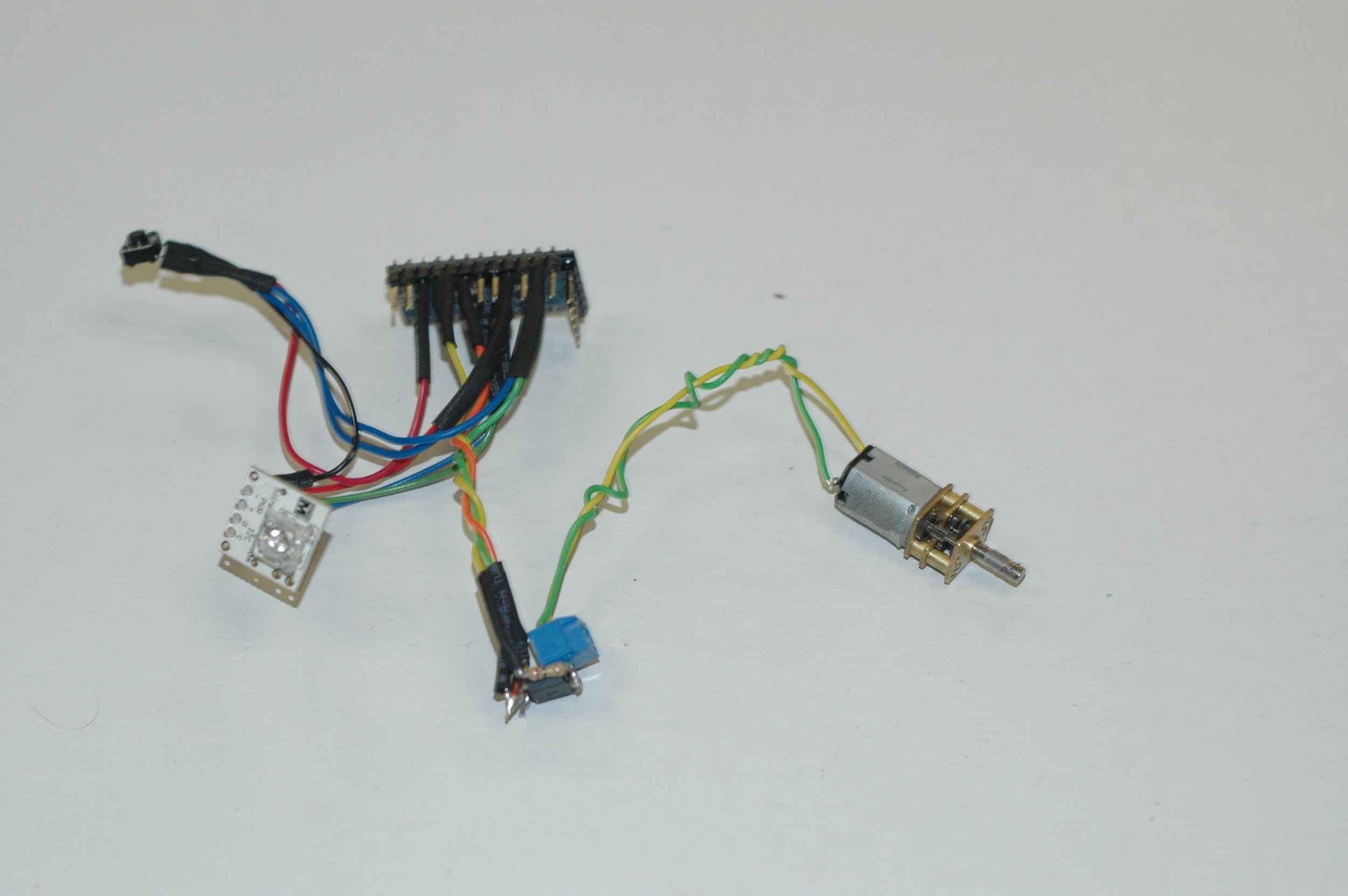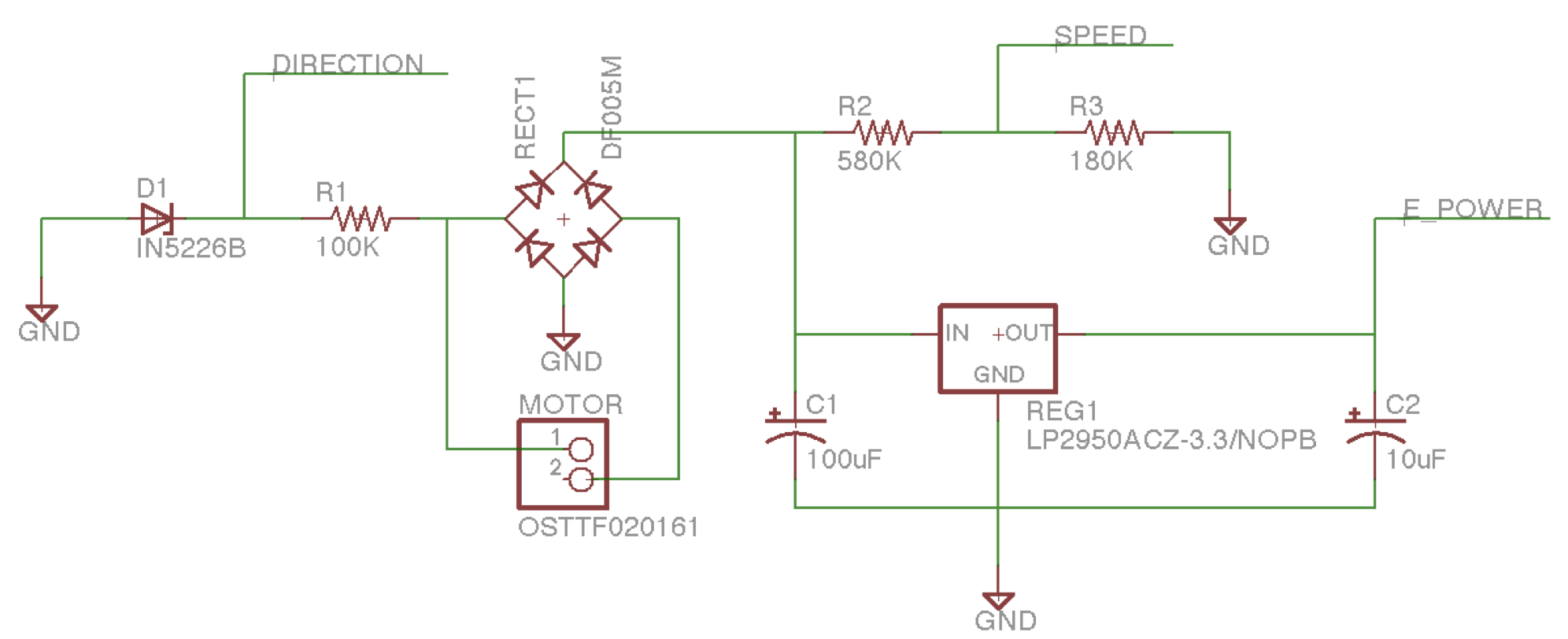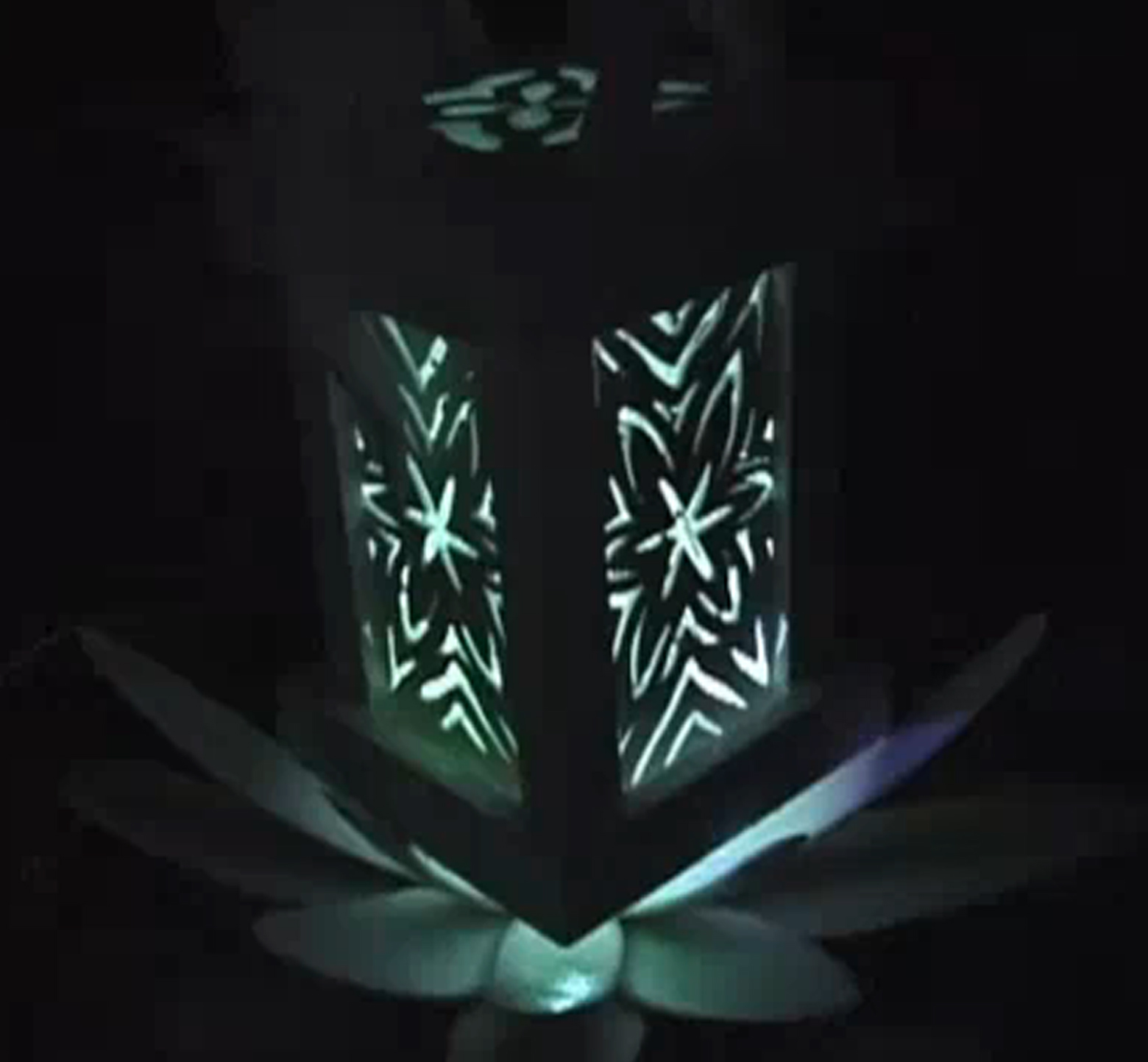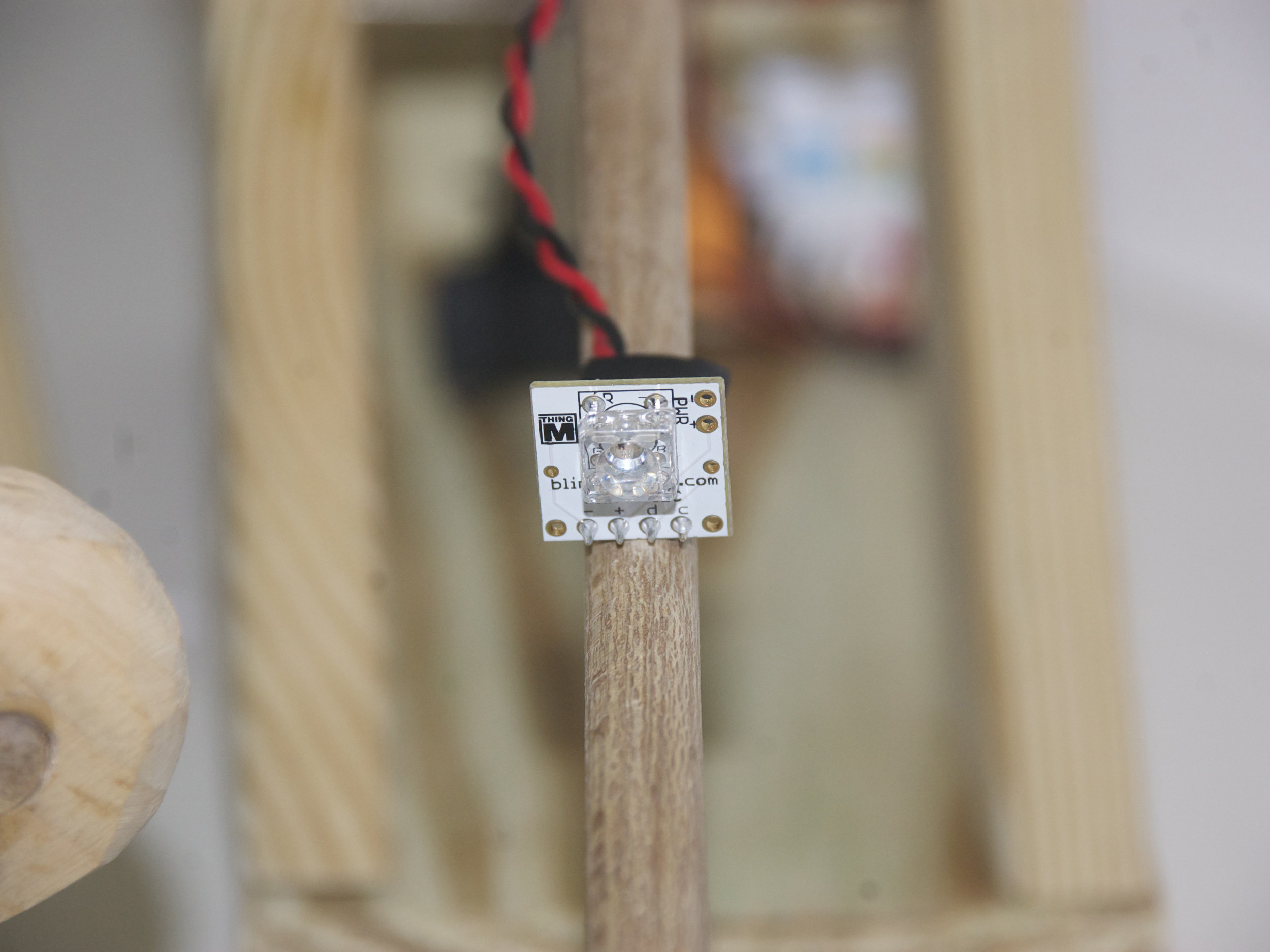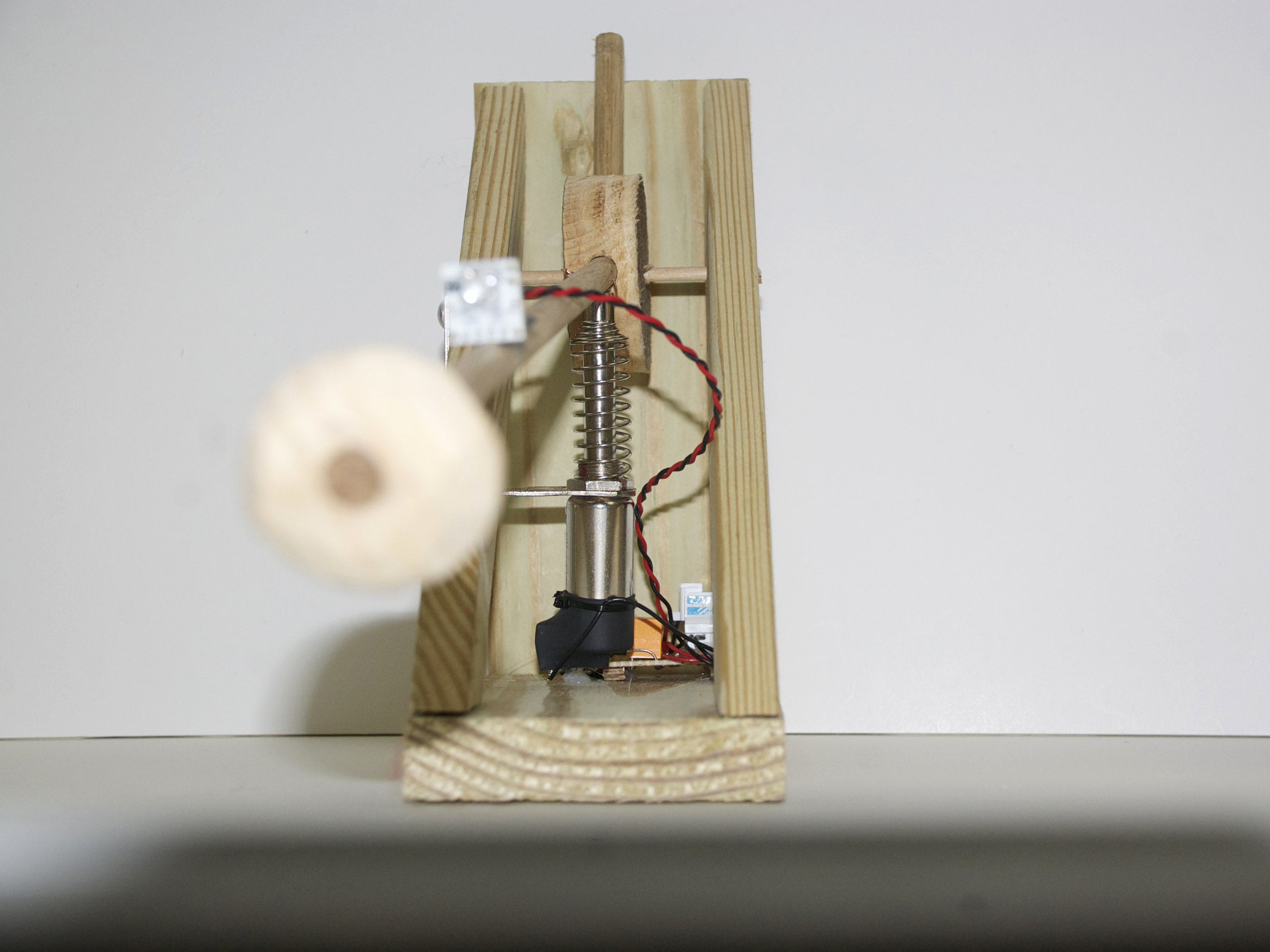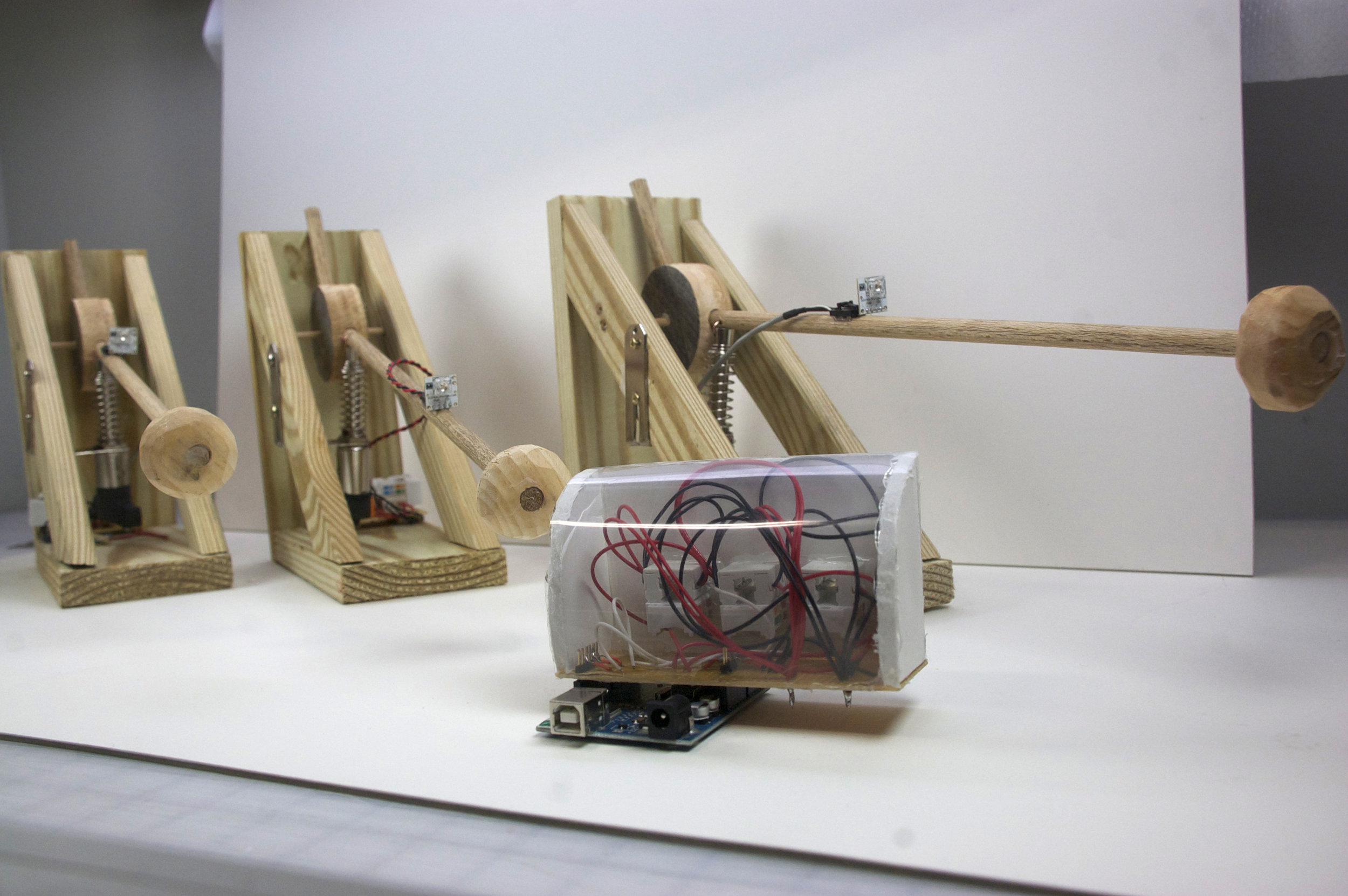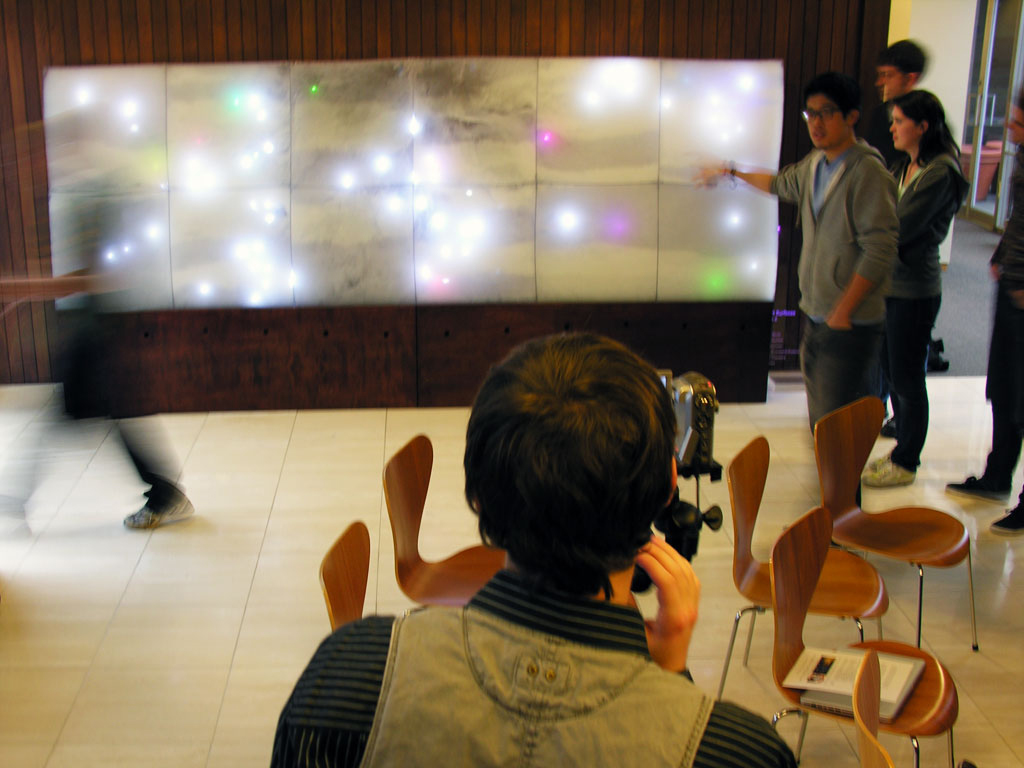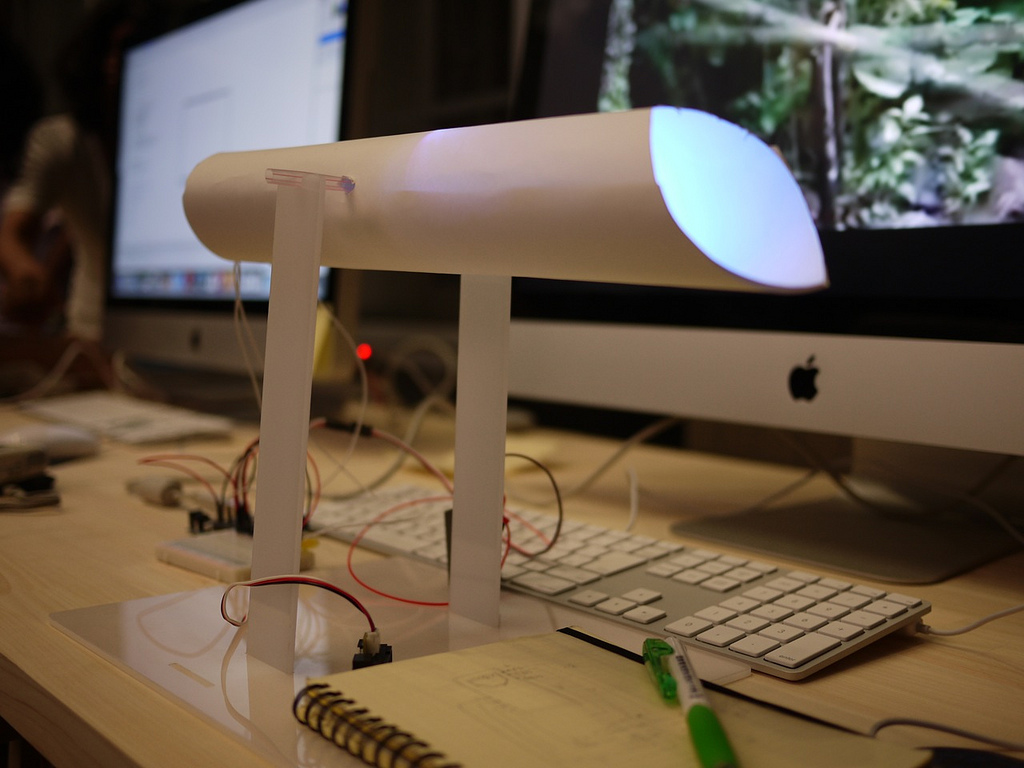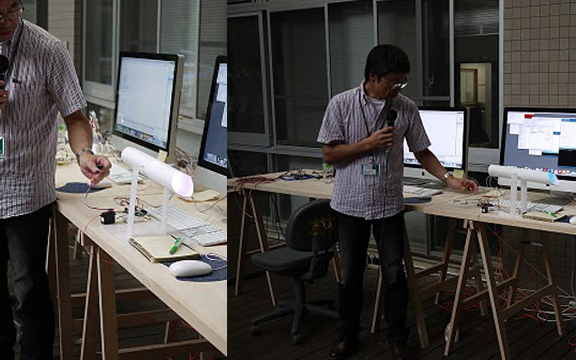ThingM Project Feature: Miscommunication / Disconnect
/http://vimeo.com/16712359 http://vimeo.com/16712763
http://vimeo.com/16711282
BlinkM in Miscommunication/Disconnect Creators: Sarah Needham + Jeremy Eichenbaum
To communicate with lights is one thing, but to develop a myth and fiction behind them is another. When faced with the design problem of communicating through the various pulsing ofLED lights, we decided to fabricate a story that would supplement the Blink-M's programmable functions.
In essence, our project was about forming a fictional present to result in the fictional future of electronics outliving their makers and having to exist in a world without the same care and attention that they are used to receiving. Scientist John Castle realizes this fear [that electronics may need to survive alone] and decides to do something about it. Carefully, while toiling through many years of existence, he crafts a way for the electronics to communicate with the surrounding environment. Believing that they will one day need to survive in nature, he sets up a series of pulses and colors to reflect what he found in the immediate woods surrounding his home. A longer, slower pulse comes through the digital heart of the creature that holds the electronic while a much quicker, more desperate pulse emits from the body–an attempt to reach out to the
surroundings in hopes of creating a symbiotic relationship with the plant material. Castle's experiments involved a variety of locations for the electronics to eventually call home. Streams, natural caves, and amongst the trees were just a few of his ideas. He also carefully studied and dissected the relationship of the creatures when they were in the proximity of one another. Sadly, and much to his misfortune, Castle was never able to fully realize that as the creatures were left to their own devices [having lost their "electronic gardener"], their pulses died out; prevented from communicating in an adequate fashion, the creatures repulsed nature and one another.
Ultimately, they died alone.
ProjectBlog_MiscommunicationDisconnect (Downloadable PDF)


